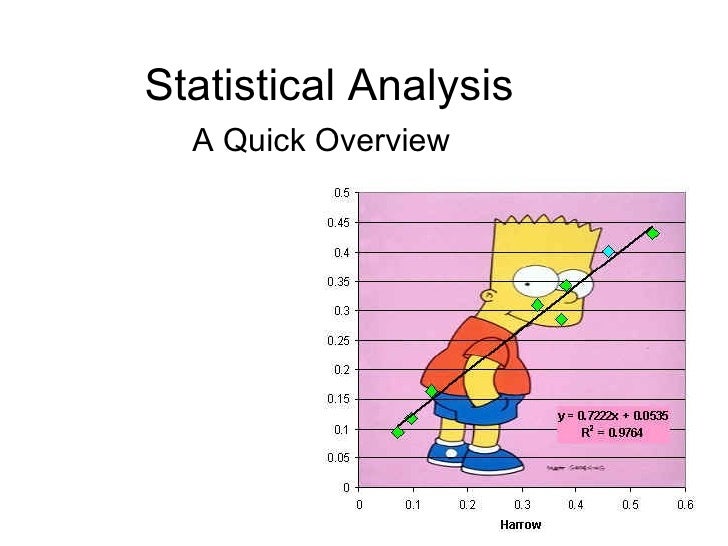
You can use the mean to determine the average age at which people begin college, for instance. You can add up each piece of data and then divide that figure by the number of data pieces. It can give us information about the set of ages in which people typically get their first job.įinally, the mean is the average of the data. The media is the middle range of a data set. The mode can tell you the age at which most people graduate from high school, for instance. Each of these figures tell us something about the data.įor example, the mode is the most common value the data shows. The measure of central tendency reveals data trends. Measures of central tendency are another form of descriptive statistics. These charts help people interpret trends in data. For example, you can show a measure of spread on a bar chart, table or histogram. We show measures of spread in different ways. A measure of spread includes the range, quartiles, variance, frequency distribution and mean absolute deviation.

The measure of spread also shows the relationship between each data point. There are two types of descriptive statistics: measures of spread and measures of central tendency.Ī measure of spread shows the distribution of a data set. Scientists cannot use the information to generalize other groups. Standard deviation is another descriptive statistic.ĭescriptive statistics explain only the population you are studying. The Hopewell tradition was not a single culture or. Examples include numerical measures, like averages and correlation. The Hopewell tradition (also called the Hopewell culture) describes the common aspects of an ancient pre-Columbian Native American civilization that flourished in settlements along rivers in the northeastern and midwestern Eastern Woodlands from 100 BCE to 500 CE, in the Middle Woodland period. You can use inferential statistics to create logistic regression analysis and linear regression analysis.ĭescriptive statistics describe and summarize data. Inferential statistics is all about relationships and quantitative analysis. Instead, you would need to find a sample size and draw conclusions based on the sample. Scientists may use these kinds of statistics as a more affordable way to measure groups based on small samples so that it can later be applied to a large population.įor example, if you wanted to know the exact age at which each person in the country went on their first date, you probably wouldn’t be able to ask everybody.

The statistics help people make predictions, or inferences, about a larger population. Inferential statistics examine relationships between variables in a sample.

This is the core difference between inferential and descriptive statistics. This allows social scientists to view patterns. These statistics interpret the data for us. Sometimes they generalize about larger groups of people. These statistics will predict the future of variables. Inferential statistics look at the relationship between several variables present in a sample.


 0 kommentar(er)
0 kommentar(er)
